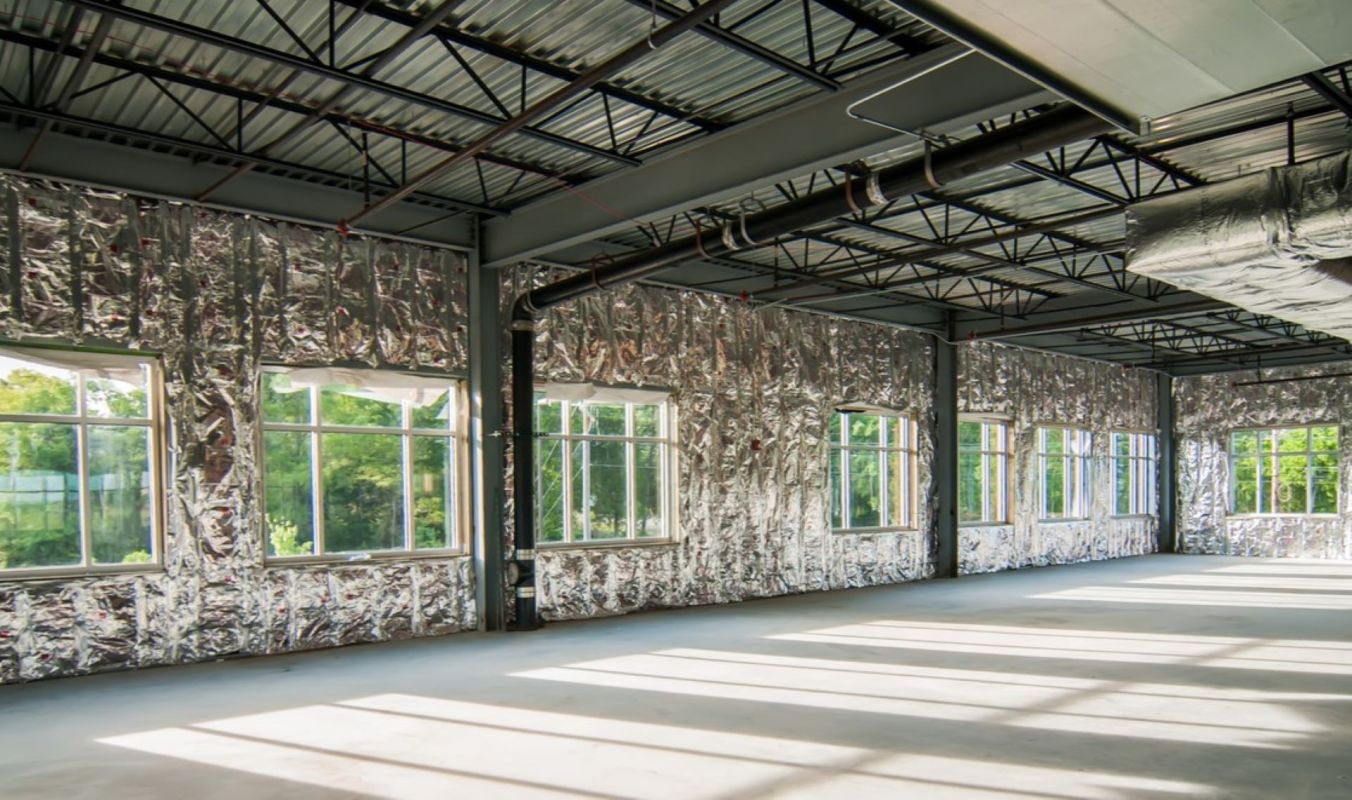Fighting fire with fungi is the aim of a new line of research led by Australian scientists.
The goal is to replace toxic flame retardants currently used in building materials with biologically based alternatives that grow on organic wastes and are nontoxic even if they burn.
In a set of recent papers, scientists from Australia's RMIT University described the successes of growing molasses-fed sheets of fungi that could eventually be stacked in layers for applications such as fire-resistant cladding in construction or leather-like textiles for the fashion industry.
"Cladding" refers to a thin outer layer or skin that covers another material, such as a building's exterior, to add insulation, fire resistance, or other characteristics.
The new "bio-based" substances would cover other building materials to help avoid events like the 2017 UK Grenfell Tower tragedy in which a combustible cladding contributed to deadly flames.
No materials are entirely "fireproof," as HowStuffWorks and other sources report, but some burn poorly, slow a fire's spread, or are likely to self extinguish.
The materials under development take advantage of the fire-resistant properties of mycelium (the thready, rootlike structure of fungi that can underlie fruitlike mushrooms).
"The great thing about mycelium is that it forms a thermal protective char layer when exposed to fire or radiant heat," Everson Kandare, one of the researchers, told RMIT. "The longer and the higher temperature at which mycelium char survives, the better its use as a fireproof material."
One benefit of mycelium-based fireproofing is that it would avoid the hazardous plastics and chemicals of conventional fireproofing.
"Bromide, iodide, phosphorus, and nitrogen-containing fire retardants are effective, but have adverse health and environmental effects," Kandare said. "They [are] carcinogens and neurotoxins that can … cause harm to plant and animal life."
By contrast, Kandare indicated that burning mycelium creates water and carbon dioxide.
The team's latest research builds on its earlier publications, New Atlas reported, about improving useful char yield and how methods of mycelium cultivation affect its fire-fighting characteristics.
The new research breakthrough is bioengineering mycelium to keep the material uniform and "paper-thin" while maintaining its structure and fire resistance.
"Fungi are usually found in a composite form mixed with residual feed material, but we found a way to grow pure mycelium sheets," Tien Huynh, one of the researchers, explained.
While responding to the Earth's changing climate doesn't appear to be a specific focus for the research, using nontoxic fireproofing could help people protect homes in a warming world that's increasingly prone to fires near human developments.
The researchers acknowledge that more work is needed before mycelium is competitive with current fire-resistant materials.
"Plastics are quick and easy to produce, whereas fungi is slow to grow and relatively harder to produce at scale," Huynh noted.
That said, there may be a future in fireproof fungus.
Huynh said that the researchers are already talking to mushroom growers about using their waste products. "Collaborating with the mushroom industry would remove the need for new farms while producing products that meet fire safety needs in a sustainable way."
Join our free newsletter for easy tips to save more, waste less, and help yourself while helping the planet.









